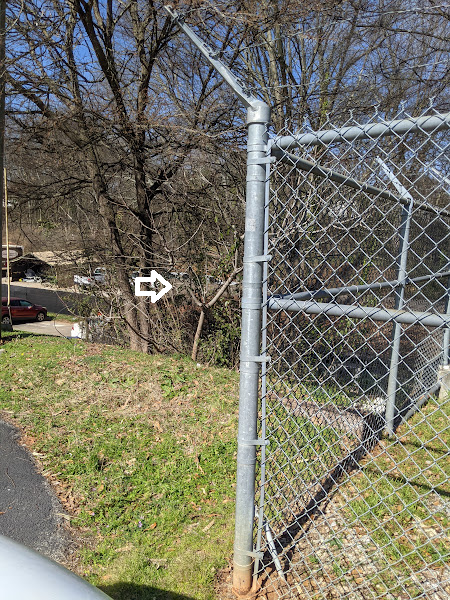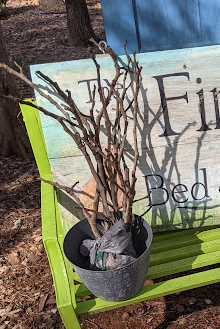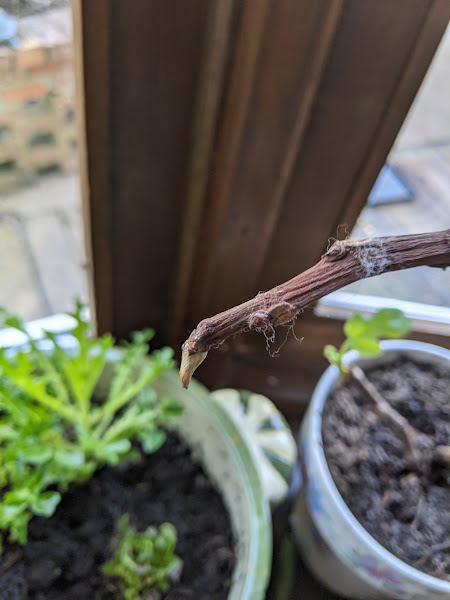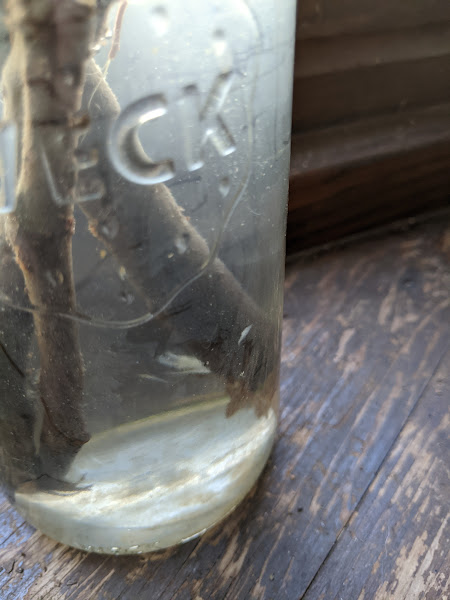Today we’re preparing a guide to propagating fig trees. The topic of “why” to propagate fig trees is also important, and we will touch on this as well. This is at the intersection of several things we’re working on at the current time. It’s about edible landscaping, because we hope to eventually get fruit. It’s about human scale living, with a homesteading element. Finally it’s about doing something interesting.
Along with taking clippings, there are a number of other methods that are used to propagate fig trees, as well as other types of trees. These include layering, air layering, division, and collecting seeds.

Back Story
The day we saw the Tree that Owns Itself, we bumped into a fig tree, growing in the back of what looked like a vacant lot in Athens. Actually it was next to the mid-century modern vintage place.

You know we said at one point that you could conceivably ask the owner’s permission in cases where we wanted to harvest something edible. Well, in this case, this tree was a bit overgrown and we assumed that no one would care if we trimmed a few branches off of it, just to beautify it.
That’s it, in the photo above with the little arrow. It’s not much of a tree, is it? It may not have been deliberately planted. There are a lot of little stray fig trees in Athens, but they’re a bit hard to spot unless you remember what they looked like with leaves.
Anyway that’s what we did. Last summer, when we did the original cutting, we brought the branches home, stuck them in a jar of water, and ate the fruit.
Fall came, the leaves fell off, and the plant stayed in the water. Now, in the spring, it’s begun to sprout a little root, and also, a bud is on the end of the branch, which suggests that it survived. We would not say it is completely out of danger but there is reason for hope.
We have all of this in a big sun room, which runs all along the side of the house, and if you’ve stayed here, you may have had breakfast in it. It, along with the rest of the place has some “abundance” in it all the time.

Propagation Project Phase 2
So with this success under our belt, we went back, under the cover of broad daylight on Broad Street, and got some more clippings recently.
A fellow was polishing a vintage Jaguar in the parking lot and didn’t stop to ask what we were doing exactly.
Of course, we’re doing a few things wrong. Firstly, it’s the wrong time of year, not the right size of clipping, minimal starter hormone.

Preferred method for Propagating Figs
Well, according to internet sources, the preferred method for propagating figs from cuttings is as follows:
- Select a healthy branch from the parent plant that is about the thickness of a pencil and has at least three leaf nodes.
- Cut the branch with a clean, sharp pair of pruning shears, making a clean cut about 6 inches long.
- Remove all the leaves from the bottom half of the cutting.
- Dip the bottom end of the cutting in a rooting hormone powder.
- Plant the cutting in a pot filled with a mixture of perlite and peat moss. Make sure to plant the cutting at least 2 inches deep and water it thoroughly.
- Cover the pot with plastic wrap to create a humid environment.
- Place the pot in a warm, bright location, but out of direct sunlight.
- Check the cutting every few days to make sure the soil stays moist.
- After a few weeks, the cutting will start to develop roots. Once the cutting has developed a good root system, it can be transplanted into a larger container or planted in the ground.
Fig Anxiety
Does it bother us that our success thus far was not the preferred method? Not especially. The commitment is minimal, and it is all upside.
Come to find out, there are several other methods for propagating figs:
- Layering: This is a propagation technique in which a branch from the parent plant is bent and buried under soil. The branch will eventually develop roots and can be severed from the parent plant and transplanted. To propagate fig trees using layering, select a healthy branch that is close to the ground. Make a small cut in the bark, and then bend the branch down and bury it in the soil. Keep the soil moist, and within a few months, the buried branch will develop roots. At this point, the new plant can be severed from the parent plant and transplanted.
- Air-layering: Air-layering is similar to layering, but the branch is not buried in the soil. Instead, a small incision is made in the bark, and a rooting hormone is applied to the cut. The cut is then wrapped with damp sphagnum moss, and then covered with plastic wrap to create a humid environment. After a few weeks, roots will start to develop in the moss, and the new plant can be severed and transplanted.
Division and Seeds
- Division: Division involves dividing a mature fig tree into multiple plants. To propagate fig trees using division, dig up the entire plant, and separate it into several smaller plants. Be sure to keep the roots intact and plant the new plants in separate containers or in the ground.
- Seeds: While fig trees can be grown from seed, it is not the preferred method of propagation as the resulting plant may not produce fruit. To propagate fig trees using seeds, collect the seeds from ripe figs and plant them in soil. Keep the soil moist and the seeds warm, and within a few weeks, the seeds will start to sprout.

Problems with Alternate Methods
The first three of these are set up for a tree that we actually own. Borrowing cuttings from a feral fig tree is not part of the standard operating procedure, but that does not bother us either.
Also, we consider it a bit of a long shot that we plant a fig fruit, and have it grow, versus one of the converters or local squirrels digging it up.
For the mass production, we’re sticking with the above plan to use cuttings. We’ve laid in a supply of perlite and water is plentiful. We’ll start them inside until they are showing some signs of development.
How Long does it Take for a Fig Tree to Produce?
Well according to the article below from the SF Gate, it can take a full year for the roots to take, and four to six years after that. So this is not a good crop in case of short term Armageddon. We’d better stick to summer squash if we need something that’ll be immediately edible.
But, if we were in it for the long haul, and adding value to the place, a row of fig trees would give us some fig abundance at some point.
Once we have figs, how would we then eat them?
We have an answer for that too.
The Insanely Good blog has provided us with 25 alternate ways to prepare and eat figs. The pancake idea looks like a no brainer. It seems like we did have some access to brandied figs, as a potential pancake sprinkle, and of course, the idea of roasting is also good.
Are there sources of figs besides growing?
Well, we’re going to go out on a limb and say that these are plentiful at some of the local Farmer’s Markets, and we should be able to pick some up in the fall. Another option is to go back to the feral tree in Athens and do “food foraging.” Is this immoral? We will let you judge. It’s not much of a tree.
The Long Term Plan
So it looks like we have a plan. We try to root our clippings in perlite and sand mix. If it works, within a year we can plant them someplace on the property.
We will patiently stand over them, looking at our watch, waiting for four to six years to pass by, to see if we can get a few figs.
If our fig lust is such that we can’t wait that long, we’re looking for the alternate sources. Either way we are no worse off for trying, and can easily use these techniques to propagate some of the other plants in the place.
Check back to see how we did.
Links and References
![]()
